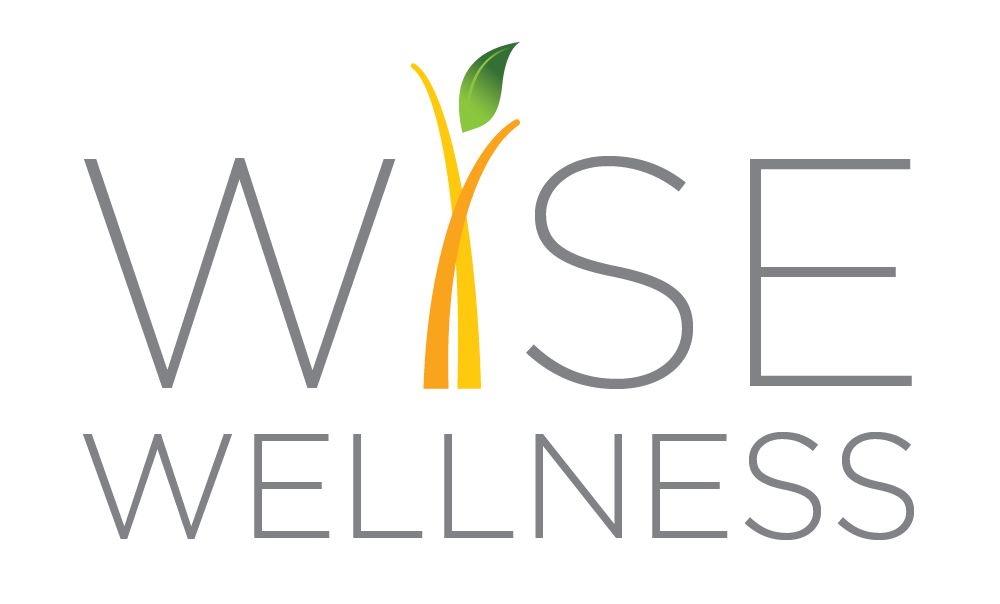Women’s Health Awareness Month - Week Three Video
“Would you take your child to a pediatrician who wasn’t educated about puberty? Of course not!
Unfortunately, only a small percentage of obstetricians and gynecologists (OB/GYNs) receive adequate training on menopause:
Residency Programs: Only 20% of OB/GYN residency programs offer menopause training.
Medical Schools: Most medical schools do not include menopause education in their curricula.
Knowledge Gaps: Nearly 80% of medical residents report feeling "barely comfortable" discussing or treating menopause.”
We Deserve More...
Sixty-four million women in the U.S. are aged 50 and older, and half of the female population is over 40, according to the U.S. Census Bureau (2021). By 2025, 1.1 billion women worldwide will be menopausal as life expectancy increases.
The average woman can expect to spend 40% of her life in postmenopause—an area in which many doctors lack sufficient knowledge. This highlights a pressing public health crisis: the urgent need for clinicians who are well-versed in the care of midlife and postmenopausal women.
I encourage all my clients to find a gynecologist they trust—someone who stays current with the latest research. If your doctor dismisses your symptoms or offers limited solutions, seek a new provider. You can search for certified practitioners in your area via menopause.org or make an appointment with a virtual service like Midi Health (joinmidi.com). If you find a great doctor, share the information with your friends!
However, it's essential to recognize that hormone therapy alone won't fix lifestyle issues. Alongside advocating for better medical care, we must also focus on improving our lifestyle habits. When working with clients, I guide them in areas they can control: nutrition, exercise, stress management, self-talk, and sleep quality—all of which can optimize hormone balance and minimize menopausal symptoms.
Here are my top lifestyle recommendations:
Enhance Your Mental Game: Work on your relationship with yourself and your perception of aging (see last week’s video/handout).
Incorporate Strength Training and High-Intensity Intervals: These exercises improve bone health, body composition, mood regulation, balance, and mobility.
Focus on Nutrient-Dense Foods: Choose ingredients that support our changing bodies.
Top Nutrients to Include:
Calcium: Essential for bone health; good sources include dairy and fortified alternatives.
Vitamin D: Crucial for calcium absorption and bone formation. The National Institutes of Health recommends 600 IU daily until age 70, then 800 IU.
Omega-3 Fatty Acids: Beneficial for mood, brain function, and blood pressure. Found in fatty fish like salmon.
Protein-Rich Foods: Important for maintaining muscle mass and cognitive function; sources include fish, poultry, legumes, nuts, and seeds.
Phytoestrogens: Plant-based estrogens found in soybeans, legumes, red clover, sunflower seeds, flaxseed, and bean sprouts.
Fiber: Low in calories, fiber helps you feel full, improves digestion, supports gut health, regulates blood sugar, and promotes overall health.

